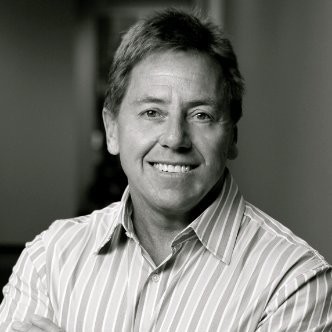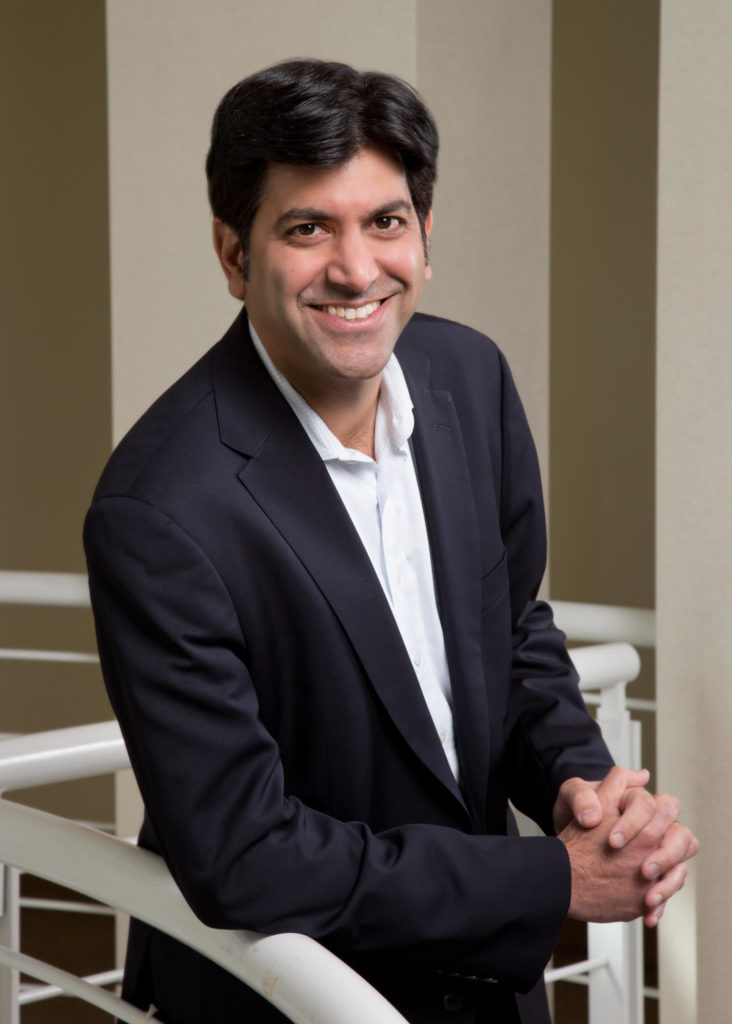Healthcare IT
Business Model Innovation in Digital Health: Bob Allison, Co-Founder of PEAR Health Labs (Part 1)

Bob has a background in semiconductors where the key business model for selling chips is getting them into design wins. In PEAR, Bob has parlayed this model into a platform business catering to many top brands who bring Digital Health products to market on their platform.
There is a lot to learn for entrepreneurs from this case study about a unique and relevant go-to-market strategy, as software eats the world, and ALL companies have to now become tech companies.
>>>Building Your Digital Health Startup: From Validation to Funding

Healthcare is one of the fastest-growing startup sectors.
First, a bit of my own bias on the automation versus human debate.
If you think about what a doctor needs to do to diagnose an illness, she needs to consider all the symptoms, take into account all the test results, consider all the treatment options, factor in all the side-effects of various medications and their interplay with other medications the patient is already taking. This is, effectively, a multi-variate optimization problem that a doctor has to do in her head. And, she needs to keep up with all the new research and advances in medical science, and factor those in as well. The field of medicine is full of incorrect diagnosis and mistreatment of illnesses. Now, if you replace this whole process with software, medical diagnosis becomes a truly scientific, deterministic process. I can tell you, if I have the option of being diagnosed by software versus a human doctor, I would always prefer software. It will be far more accurate.
If the medical profession can be automated to that extent, billions of people can have access to quality medical care. Today, this number is relatively low.
Entrepreneurs have a tremendous opportunity ahead.
Thought Leaders in Healthcare IT: CareJourney CEO and President Obama’s CTO Aneesh Chopra (Part 6)
Sramana Mitra: I’m going to switch gear again to the open problems. What is your analysis of the whole gene editing and the CRISPR world? What is possible? What problems can be solved in the short, medium, and long term?
Aneesh Chopra: This is an area that will go in three directions. We’re still in R&D moving to D phase. What will we learn? The first round of applications is about cures in really low-volume but high-cost challenging areas of the healthcare sectors such as cancers. The first round of gene editing was meant to be higher cost for society to absorb on a smaller available population. We’ll see more of that unit price expense but smaller community groups for benefit.
>>>Thought Leaders in Healthcare IT: CareJourney CEO and President Obama’s CTO Aneesh Chopra (Part 5)
Sramana Mitra: In this use case that you mentioned, what are they doing with that information?
Aneesh Chopra: Establishing contracts. Physicians negotiate contracts with insurance companies on a fee-for-service basis. If I see a patient, will you pay me $100? In parallel, there is a related network function to say, “I’m not as interested in what your unit price will be when I see a patient. What I’d rather do is take responsibility for the full expected spend on that patient for the year or three years.”
>>>Thought Leaders in Healthcare IT: CareJourney CEO and President Obama’s CTO Aneesh Chopra (Part 4)
Sramana Mitra: I want to close this segment of our discussion with a question. What, in your mind, are some of the open problems that you would like startups to go solve?
Aneesh Chopra: Let’s go through the healthcare discussion we’ve had and identify a few examples along the way. In my dream world, there should be a series of entrepreneurs competing on the development of a digital health advisor or what I call a health information fiduciary.
>>>Thought Leaders in Healthcare IT: CareJourney CEO and President Obama’s CTO Aneesh Chopra (Part 3)
Sramana Mitra: What is your analysis of their potential to weave them into society?
Aneesh Chopra: We are going to continue down the curve on the cost side. Early in the Obama administration, it cost roughly $2,000 to sequence a genome. We set a goal to get that profitably delivered for under $100 and we’re well on the way to democratizing gene sequencing.
>>>Thought Leaders in Healthcare IT: CareJourney CEO and President Obama’s CTO Aneesh Chopra (Part 2)
Sramana Mitra: The innovation engine of the country also applies to the middle layer, right?
Aneesh Chopra: Now it will be. Earlier in the Obama administration, we launched an initiative called Startup America. You could imagine that you’re building Startup Global is to drive more entrepreneurs into the economy.
As we know, startups have been the engine of net new job creation. When we explore what makes the entrepreneur story work in America, a researcher at Stanford provided the much needed clarity that when the rules of the road of a particular industry change, it’s the entrepreneur who can get there faster because there’s an economic return on a new way.
>>>Thought Leaders in Healthcare IT: CareJourney CEO and President Obama’s CTO Aneesh Chopra (Part 1)

Aneesh offers a thoughtful and comprehensive analysis and vision of the innovation and entrepreneurship opportunities throughout the healthcare system. Fascinating conversation.
Sramana Mitra: Let’s do a little intro and get some background. I know you have a very colorful background.
>>>